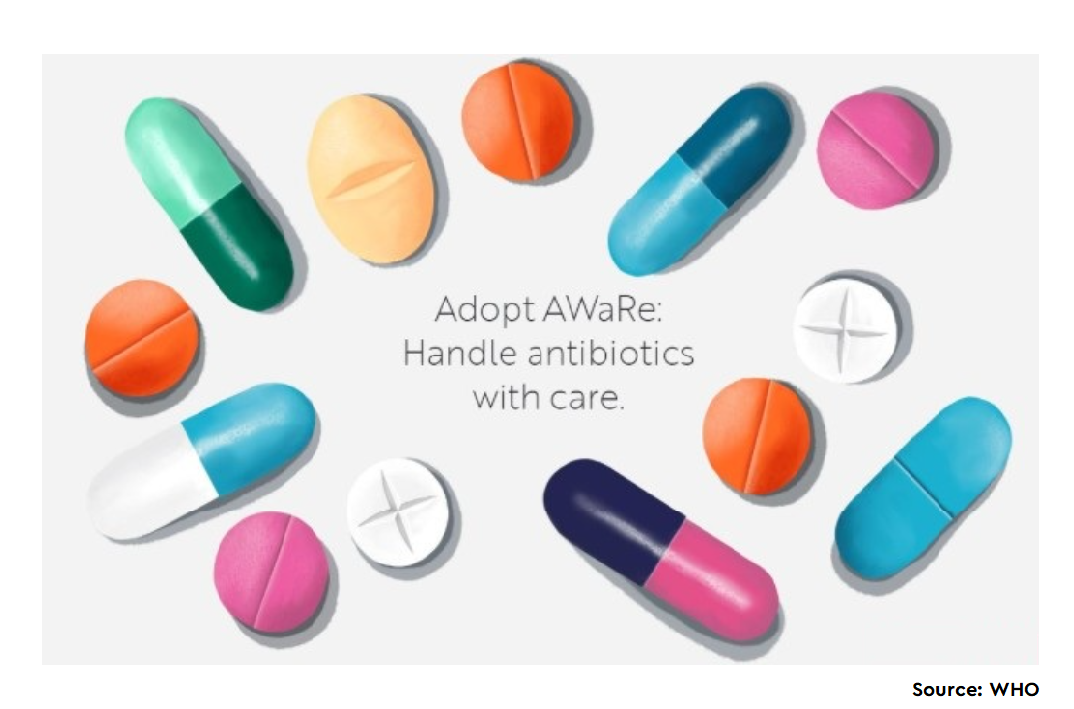COVID-19 is one of the most common terms used in daily headlines nowadays. Although there have been other global pandemics that infected about a third of the world’s population. For instance, the 1918 influenza pandemic lasted over a year and killed more than 50 million people. It seems that the deadly nature of H1N1 might be partly explained by bacterial superinfections. Literature suggests that most of the deaths were attributable to secondary bacterial pneumonias due to lack of antibiotics during H1N1 pandemic.
Looking at today’s scenario of COVID-19, the data regarding bacterial superinfections in COVID-19 pneumonia are still emerging. Reason being that the diagnosis of co-infections under such conditions is challenging as the key motive stays to minimize the exposure of COVID-19 to health-care workers. It results in the irrational use of antibiotics, further leading to a hike in incidence of antimicrobial resistance (AMR). In fact, scientists believe that antibiotics have probably saved thousands of lives among severely ill COVID-19 patients. The adherence to established antibiotic stewardship programs has declined as providers struggle to save the lives of patients with COVID-19. Thus, there is an urgent need for increased research and development of diagnostics and prognostics around COVID-19 and antibiotic usage.
To learn more, please visit the website of The Lancet- Global Health (Link)







